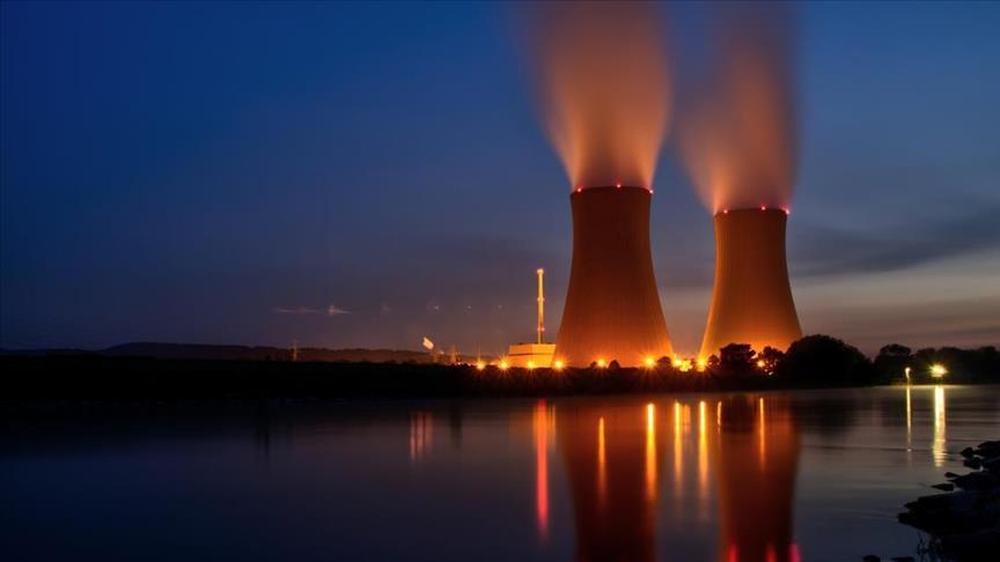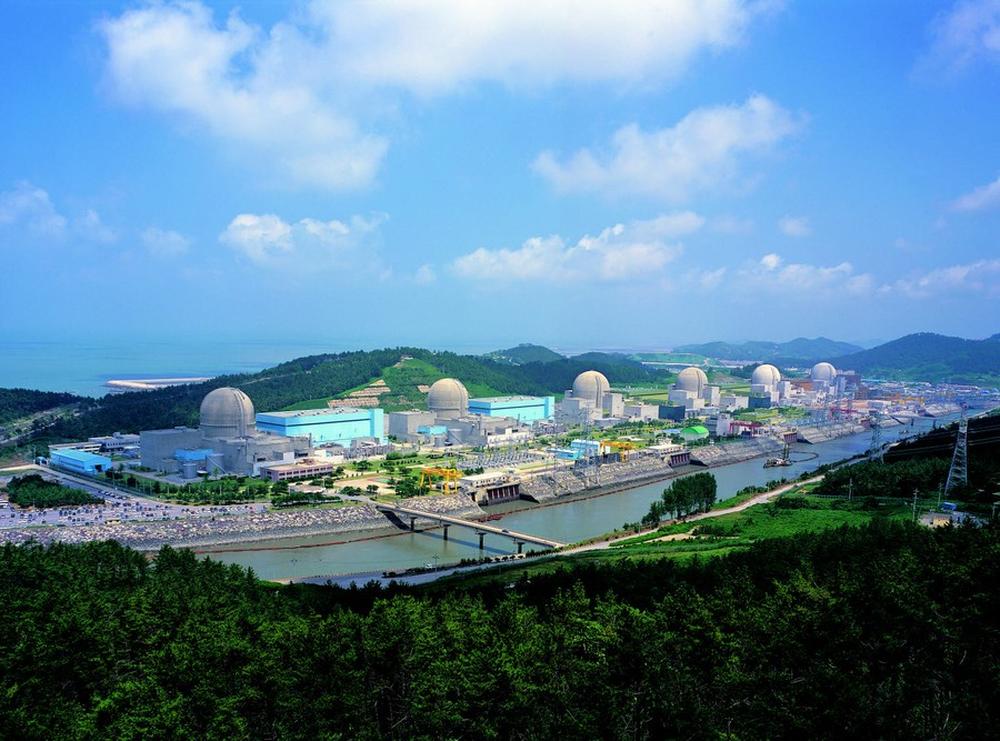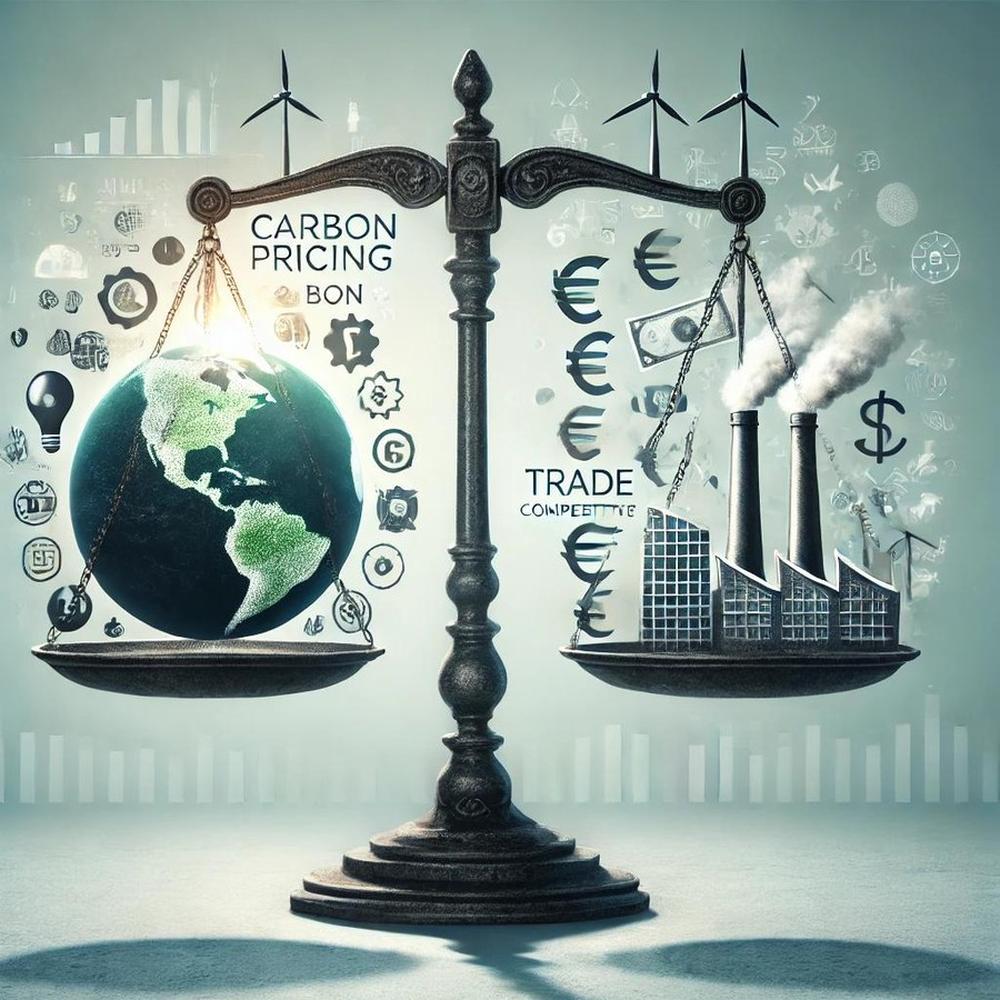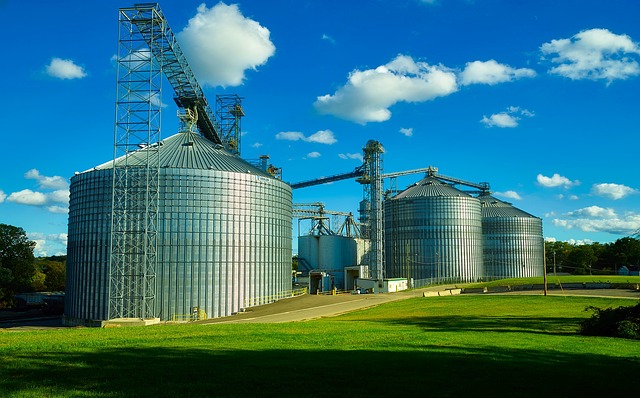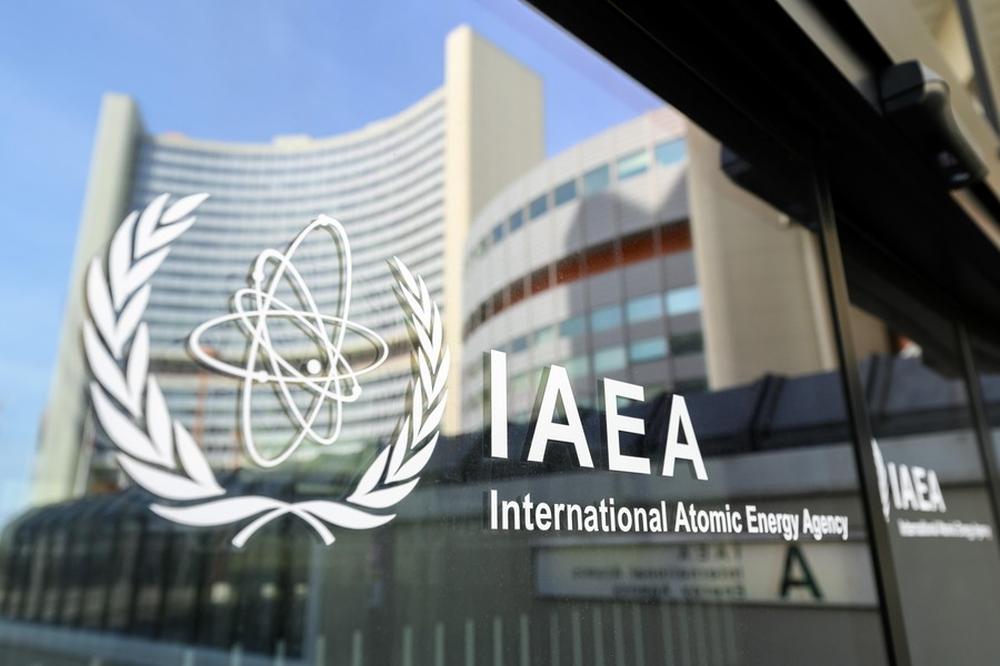- #Energy & Climate
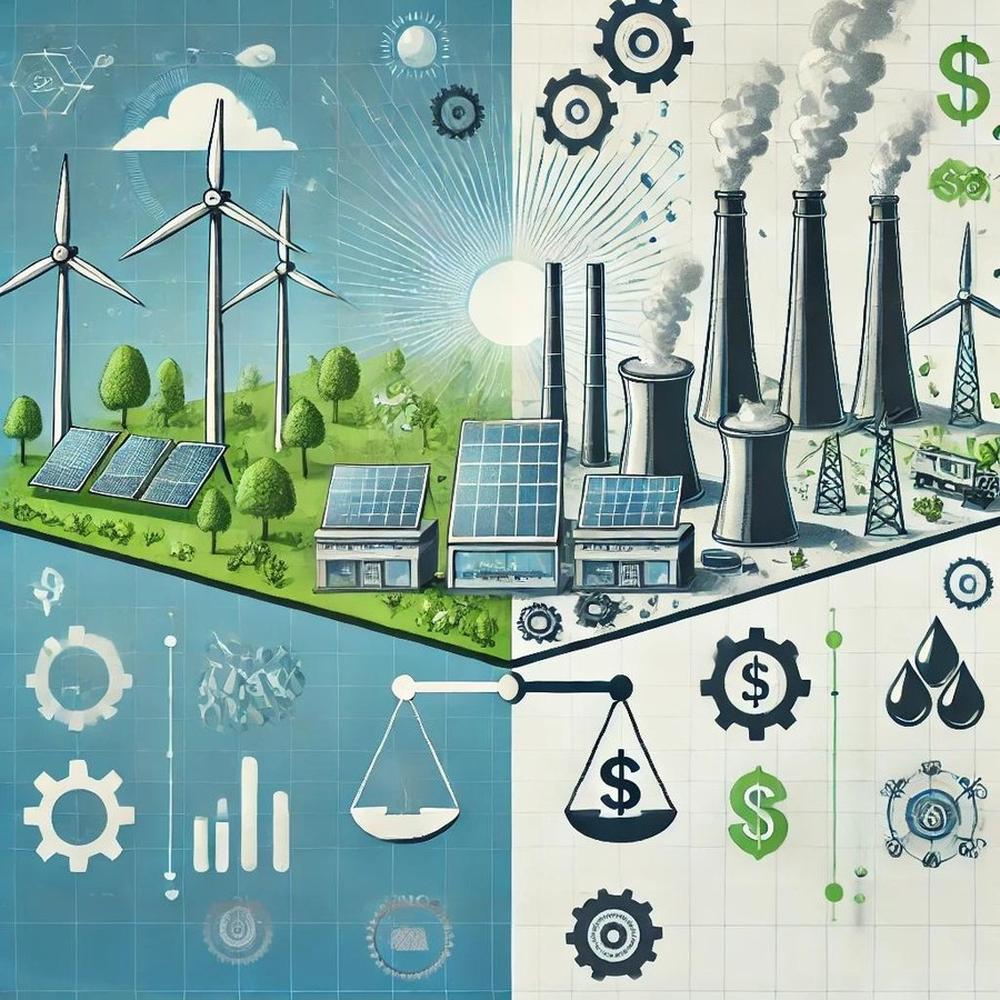
►Thermal energy decarbonization is critical for achieving carbon neutrality, especially in high-energy-consuming sectors like industry, where thermal processes dominate and present significant challenges.
►Innovative technologies like heat pumps, waste heat recovery, and electrification are essential for reducing carbon emissions, but their adoption faces barriers such as cost, scale, and system complexity.
►Achieving carbon neutrality requires coordinated efforts, long-term investments, and the integration of diverse technological solutions, making it a challenging yet urgent global priority.
1. Introduction
Energy is an essential component of our daily lives. It exists in various forms such as electricity, heat, and fuel, each with requiring distinct processes for refinement and utilization. This paper aims to explore the core technologies and challenges associated with decarbonizing thermal energy. Furthermore, it examines the current status of heat pumps, a technology that has recently attracted significant attention as a key tool for decarbonization, alongside other relevant innovations.
2. Thermal Energy
Thermal energy is the oldest form of energy utilized by humanity. Despite its long history and familiarity, it remains challenging to fully harness, with substantial amounts being wasted into the atmosphere or bodies of water.
For energy to be effectively used, it must be integrated into a system. The final consumption point of energy systems is broadly categorized into three sectors: industry, transportation, and buildings. The distribution of energy consumption among these sectors varies by country, as do the types and forms of energy used within each sector.
In 2022, an analysis of Korea's energy flow revealed that the industrial sector accounted for approximately 60% of final energy demand, while buildings and transportation each contributed around 20% (see Figure 1). In the industrial sector, which constitutes the largest share of final energy consumption, electricity accounts for slightly less than 25%, while fossil fuels dominate the energy mix. A significant portion of fuels like natural gas and oil is consumed through combustion-related processes to supply heat for production operations. Consequently, more than half of the energy consumed in the industrial sector is in the form of heat.
The energy consumption process generates substantial greenhouse gas emissions, making the level of decarbonization in the industrial sector closely linked to the extent of decarbonization in thermal energy. This connection underscores the pivotal role of thermal energy decarbonization in achieving broader carbon neutrality goals.
Figure 1. Energy balance flow (2022, Korea)
Source: Adapted from KEA 2024.7 with additional modifications
Thermal energy consumption in end-use sectors can be categorized based on temperature ranges. Process heat between 100°C and 200°C is commonly used in light industries for sterilization, drying, and other processes. Thermal energy above 200°C is widely utilized in heavy industries, including steelmaking and cement production. In both light and heavy industries, the majority of thermal energy is generated by burning fossil fuels in equipment such as burners and boilers. Delivering the required amount of thermal energy at the precise temperature and timing is critical, as is achieving this with minimal costs.
Thermal energy within the 0°C to 100°C range is often required for space heating or hot water supply and also has applications in some industrial processes. Cooling energy at sub-zero temperatures is extensively used to meet specific processing requirements. Demand for ultra-low cooling energy which reaches -150°C is growing in advanced industries such as semiconductors, and the demand for cooling solutions in this range is also expected to expand in the future.
While thermal energy requirements differ significantly depending on the application, one commonality is the substantial energy consumption involved. Reducing the energy required for production processes is essential for maintaining competitiveness. Energy consumption is often expressed in energy intensity metrics, which vary significantly across countries.
The urgency for decarbonization across all energy sectors underscores the critical need for technologies that reduce energy use and carbon emissions. Developing and implementing such technologies is essential not only for individual companies but also at a national level. These advancements are directly linked to industrial competitiveness, demonstrating why decarbonization efforts are of such great importance in achieving carbon neutrality.
3. Technological Innovations for Decarbonizing Thermal Energy
Achieving reductions in carbon emissions requires a diverse range of technologies. Reports on carbon neutrality published by the IEA in 2021 and 2023, each spanning approximately 200 pages, highlight numerous technical terms related to decarbonization. Frequent mentions of technologies such as solar power, wind energy, batteries, and heat pumps underscore that the speed of technological development, the success of these innovations, and their practical implementation are critical determinants in achieving carbon neutrality.
Decarbonization strategies in energy demand are largely divided into two categories: electrification and fuel conversion. Examples of electrification include the adoption of electric vehicles in the transportation sector and the application of heat pumps for building heating.
Decarbonization strategies in the industrial sector, aimed at achieving carbon neutrality by 2050, are categorized by temperature requirements and specific industries. As widely acknowledged, decarbonizing the energy sector is both essential and highly challenging, with the industrial sector being among the most difficult to transform due to its reliance on high temperatures for critical processes. Addressing this challenge will require the adoption of advanced technologies, active collaboration among stakeholders, and prompt decision-making.
The scale of industrial equipment and facilities presents significant hurdles to decarbonization. Additionally, while fossil fuel combustion remains an efficient method for generating high heat, electric-based alternatives currently face considerable limitations, further complicating the transition.
Industries such as steel, cement, plastics, and ammonia production are key examples of sectors that emit large quantities of greenhouse gases. These industries present high technical barriers to decarbonization and require a long-term approach. Even smaller-scale processes, such as producing steel bolts for vehicles, involve significant carbon emissions—over 70% of which arise during the material processing stage in blast furnaces. While using electric arc furnace materials can reduce carbon emissions, it introduces issues such as differences in material quality, higher costs from design modifications, and potential competitive disadvantages. These challenges illustrate the significant difficulty of decarbonizing industrial sectors due to the technical complexity, cost implications, and physical constraints.
Thermal energy accounts for approximately 55% of industrial energy demand. Various technological options exist for decarbonizing thermal energy, including electrification, low-carbon fuels, and innovations such as carbon capture technologies. However, many of these technologies are highly complex, and in some cases, require the simultaneous integration of multiple advanced solutions. For instance, converting to ammonia-based fuel may necessitate additional technologies for handling exhaust gas.
Thermal energy can be segmented by temperature ranges:
- High-temperature thermal energy (>500°C): Accounts for 45%.
- Medium-temperature thermal energy (100°C–500°C): Accounts for 30%.
- Low-temperature and cooling thermal energy (<100°C): Accounts for 25%.
The development and implementation of decarbonization technologies for low-temperature thermal energy are expected to progress more rapidly compared to high-temperature applications. Heat pumps, applicable to processes below 200°C, represent about 30% of the total thermal energy demand, suggesting that a substantial portion of decarbonization could be achieved through their adoption. Therefore, developing and deploying heat pump technologies is crucial for medium-term decarbonization and plays a pivotal role in the overall success of industrial decarbonization strategies.
The importance of heat pump technology becomes even more apparent when considering its role in accelerating decarbonization timelines. As such, it is evident that the advancement and implementation of heat pump systems will be a key determinant in the success or failure of industrial decarbonization efforts.
Figure 2. Global Final Energy Consumption by Industrial Sector (2019, EJ)
Source: McKinsey 2024.8
Despite ongoing efforts, achieving carbon neutrality in the industrial sector remains in its early stages due to the complex challenges involved. These challenges include the integration of advanced technologies, overcoming large-scale implementation barriers, securing substantial investments, and addressing the diverse interests of stakeholders. While tackling long-term, difficult issues is essential, identifying and implementing methods to reduce carbon emissions in the short term is equally important. Areas such as waste heat recovery and process heat optimization offer promising opportunities for immediate progress.
Several methods are employed to recover and utilize waste heat, such as converting it through heat exchangers, transforming it for cooling, or converting it into electricity – methods which can directly contribute to reducing carbon emissions by reducing energy consumption. Technologies such as electric vapor compression cycle heat pumps, thermally driven absorption or standard adsorption heat pumps, and mechanical vapor recompression (MVR) systems are essential for increasing thermal energy efficiency. For converting waste heat into electricity, technologies like the Organic Rankine cycle (ORC) and thermoelectric generator (TEG) systems can be employed.
4. R&D Initiatives for Decarbonization
To advance carbon reduction efforts, it is critical to secure, validate, and refine a range of essential technologies. Various national R&D projects focus on energy efficiency innovations, targeting the final stages of energy consumption. These projects include technology development for improving efficiency in industrial, building, and transportation sectors, as well as utilizing waste heat during the energy transition.
Key areas of focus include the development of technologies for fluid machinery, motors, inverters, lighting, and power conversion. Industrial kilns, boilers, dryers, and chemical processes are also being targeted for efficiency improvements. A number of large-scale R&D projects contributing to carbon reduction are currently underway. Technologies targeting high-energy-consumption buildings, such as plant factory and data center are also being developed.
Highlighted R&D Projects (Figure 3):
- Project 1 (Top right): Electrifying fossil fuel-based furnaces and reheaters. For example, annealing furnaces are undergoing technological development to supply 700°C thermal energy for surface treatment processes. Similarly, reheaters are being developed to supply thermal energy at around 450°C in repeated cycles.
- Project 2: Developing heat pump systems to simultaneously replace chillers for cooling and boilers for heating in industrial settings. This involves applying high- and low-pressure heat transfer in heat pumps to reduce energy consumption and replace fossil fuels. A large-scale 1000RT heat pump system is being developed and tested.
- Project 3: Cold chain technology development, such as replacing refrigeration systems in cold storage facilities with low-GWP refrigerants and high-efficiency equipment.
- Project 4 (Bottom left): Developing hybrid systems, such as combining ORC and TEG, to generate electricity from waste heat.
- Project 5: Vertical farm projects that aim to provide cost-effective cooling, crucial for ensuring economic viability in environments with high cooling demands.
- Project 6: High-efficiency data center projects that focus on effectively cooling chips while utilizing unused thermal energy for other purposes.
These large-scale R&D initiatives highlight the use of cutting-edge technologies to overcome challenges and achieve carbon neutrality.
Figure 3. Government R&D projects for supporting energy efficiency
Source: : YB.LEE 2024.
5. Concluding Remarks
The discussions around decarbonization stem from the severe environmental changes caused by greenhouse gases, which continue to rise annually. A generation ago, atmospheric CO₂ levels barely exceeded 300 ppm; today, they have surpassed 400 ppm, a rapid increase that has even begun to impact building ventilation design. Recognizing the need for immediate action to reverse these trends, the global community has agreed to take measures toward decarbonization. While efforts vary across countries, substantial progress is being made. However, sectors like industry, where decarbonization is particularly challenging, represent a significant portion of emissions and remain a formidable obstacle.
Accelerating decarbonization to mitigate global warming is imperative, but the path forward involves numerous practical challenges. Focusing on the industrial sector, three key factors hinder the implementation of carbon reduction efforts: technological competition, energy costs, and scale and complexity.
Technological Competition
For decarbonization technologies to be adopted in practice, they must outperform competitors and gain widespread recognition among users. One major factor influencing adoption is upfront investment costs. Although lifecycle cost analyses are often emphasized, initial costs remain a critical decision-making factor for industrial stakeholders. With significant variation in investment requirements across different technologies, choosing innovative solutions demands strong resolve. When multiple technologies compete, decision-making becomes even more complex.
For example, generating electricity using technologies such as the Organic Rankine Cycle (ORC), thermoelectric generators (TEG), or fuel cells involves higher per-unit investment costs compared to gas turbines. In the case of solar power, substantial price reductions over a relatively short period have improved its competitiveness in terms of initial costs, but addressing issues like intermittency raises these costs again. As the U.S. Department of Energy (DOE) estimates, achieving a cost of $1 per watt for waste heat recovery technologies may not be feasible until after 2030, highlighting the difficulty of improving cost competitiveness.
McKinsey’s recent data indicates that over 3,100 TWhth of waste heat is globally recoverable, with South Korea’s recoverable waste heat estimated at over 50 TWhth based on basic calculations. For effective utilization, waste heat sources must be physically close to end-use sites, with aligned timelines for generation and usage. Greater distances, timing mismatches, and variations in temperature levels or stability introduce additional technical requirements and infrastructure costs, making it harder for investors to commit. As technological competition unfolds, decision-makers require clear, reliable information and strong incentives to select the most suitable technologies for production facilities that will operate for decades. Providing stakeholders with precise information, well-designed incentives, and robust support systems will be critical to driving progress.
Figure 3. Current global recoverable waste heat potential by sectors and regions, TWhth
Source: McKinsey 2023.12
Energy Costs
Another critical issue is energy pricing. The cost of energy significantly affects the adoption of decarbonization technologies. Energy consuming entities will inevitably be faced with a choice between traditional fossil fuel-based energy costs with low-carbon alternatives. Higher electricity prices relative to gas prices in some regions, for example, can limit the adoption of heat pumps or other electrification technologies. Convincing a broad base of users to voluntarily pay higher monthly energy costs to support decarbonization is not an easy task. Ensuring competitive energy costs is essential to driving and enabling widespread adoption, and therefore, policy support mechanisms and financial solutions will be essential to lower this barrier.
Scale and Complexity
The vast and interconnected nature of energy systems further complicates decarbonization efforts. Modern energy systems are vast and interconnected, having undergone systematic optimization over decades through the development and implementation of various technologies. They consist of numerous components, equipment, and facilities that are deeply intertwined. Transitioning to new technologies requires holistic, continuous innovation across multiple interconnected elements, necessitating large-scale investment and patience. Unlike the relatively straightforward process of innovating a single product or improving manufacturing costs, decarbonizing energy systems requires continuous and holistic advancements across multiple interconnected elements. This makes the process exceptionally challenging and underscores the necessity of large-scale investments and patience.
While only a few representative challenges have been highlighted, the obstacles to achieving carbon neutrality are diverse and highly intricate. Even when narrowing the focus to the adoption of heat pumps, significant variations exist across different sectors, including industrial, commercial, residential, and transportation applications. Each has unique technical requirements and sector-specific characteristics, necessitating precise analysis and well-designed strategies. For instance, issues like power supply and grid infrastructure are critical when supporting large-scale heat pump installations. In the residential sector, challenges include designing thermal storage systems for rapid hot water delivery, efficiently implementing space heating, and accommodating unique aspects of Korean housing, such as ondol (underfloor heating). Furthermore, addressing issues related to refrigerants in vapor compression heat pumps requires deeper analysis and extensive discussions among experts.
As previously discussed, reducing carbon emissions in energy systems demands a diverse range of approaches. The complexity of achieving carbon neutrality lies in applying these solutions appropriately and integrating them effectively into a cohesive system. Technologies for energy conversion across various forms—thermal, electrical, and fuel—are indispensable. These technologies must not only be secured but also deployed in real-world settings and scaled to market maturity to bring carbon neutrality within reach.
The journey toward carbon neutrality is fraught with obstacles, with no shortcuts or bypasses. Each challenge must be addressed head-on, which underscores the necessity for ongoing innovation and technological advancement. To overcome these hurdles, experts across various fields must collaborate, deliberate, and develop solutions. As we are still in the very early stages of this long journey, it is crucial to encourage meticulous analysis and active participation. This paper concludes with the hope that such efforts will expand and deepen as we move forward.
Dr. Yoon Been Lee is an expert in R&D and policy planning, with extensive experience in evaluating and designing large-scale national projects. Currently serving as Program Director at the Korea Institute of Energy Technology Evaluation and Planning (KETEP), Dr. Lee leads the planning of energy efficiency innovation programs, including industrial heat pumps, data centers, and vertical farming systems. Previously, Dr. Lee held key leadership roles at the Korea Institute of Science & Technology Evaluation and Planning (KISTEP), where he conducted feasibility studies, coordinated national R&D budgets, and developed investment strategies. Dr. Lee also served as the National Contact Point at KIC-Europe in Brussels, fostering international collaborations. He began his professional career as a Senior Research Engineer at LG Electronics, developing advanced commercial VRF heat pump systems. Dr. Lee holds a Ph.D., M.S., and B.S. in Mechanical Engineering, along with an M.S. in Public Policy, all from Seoul National University.
